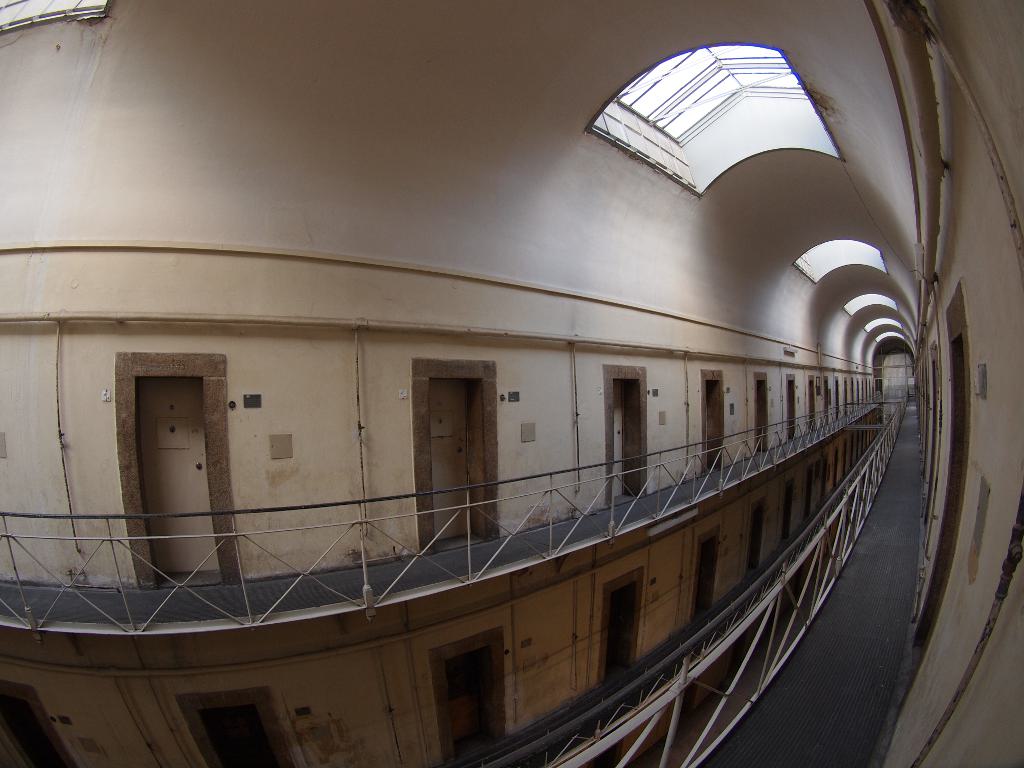
Intentional photography,
Photographing with a plan and a goal. The perpetrator has already planned the motives before the instrument of the offence is picked up. Sometimes accomplices and helpers are organised.
Negligent photography,
The perpetrator takes photographs by chance, unplanned. For reasons of convenience, he activates the camera’s automatic functions, which then produce images over which the offender has no control.
Grossly negligent photography,
In this case, the photographer deliberately activates the camera’s automatic functions and accepts the fact that his actions will result in images that correspond to his taste.
Photographic fencing (pinning or Instagramming)
In this case, the offender uses images produced by others and rephotographs them. He presents the resulting image without communicating the origin of the image idea
Photographic coercion,
Here the photographer forces a certain number of people, hereinafter referred to as “victims”, to look at several hundred of his products in succession without the victims being able to leave the room or express their displeasure. Also popularly known as “slide night”.
Disturbance of the peace,
The perpetrator uses SLR cameras at weddings, christenings, confirmations and classical concerts. He has activated the “focus peep”, is dressed in colourful clothes, uses clip-on flashes and takes close-ups of everything and everyone, moving very quickly and often through the scene of the crime.
Misuse of lenses,
The offender uses the specific properties of lenses to take supposedly funny pictures.
Use of kit lenses,
The use of lenses that are sold together with the camera by the manufacturer, so-called “kit lenses”, is only punishable if the perpetrator announces this fact in a forum.
Attaching third-party accessories without manufacturer approval.
Attaching things to cameras or lenses without manufacturer approval that extend the functions of the camera or lens is illegal and will be penalised with an extension of the photographic possibilities. Technical measures to prevent these offences are at the discretion of the manufacturer.
Bodily injury.
The photographic cutting off of body parts without good reason is considered a capital offence. In particular, cutting off the tibia and fibula below the knee is relentlessly prosecuted and penalised with bad pictures.
Erasure of entire persons.
The digital removal of people from pictures for the purpose of personal protection or undisturbed landscape photography is only permitted if the person has refused to leave the picture even after repeated, clear hand signals.
Focal length offence.
The use of wide-angle lenses to photograph people is illegal and will be punished by exclusion from the community of decent photographers. Exceptions prove the rule.
Regulatory offences
Failure to study the manufacturer’s manual.
Ignoring the manufacturer’s manual is generally only an administrative offence and is only punished in a few cases with half an hour of googling. In the case of Panasonic manuals, concerns about one’s own mental health can be invoked as a valid reason.
Na, dann hoffe ich mal, dass ich die Ausnahme bin, die die Regel bestätigt…
😉
Warum habe ich bei dem Tatbestand nur sofort an dich und deine 7mm langen Beine gedacht 😉
Herr Rat,
ich bekenne mich vollinhaltlich schuldig im Sinne der Anklage in §1, 9 und 13!
Köstlich! Du hast aber die Delegitimierung von Kameraherstellern durch hartnäckige Kritik vergessen.
„Anzeigenhauptmeister“: Akribische Suche in Fotoforen nach Schärfekanten und geringstem Rauschen nebst Beanstandung desselben um die eigene belanglose Arbeit zu überhöhen.
Das Verspeisen von analogem Film- und Fotomaterial berühmter Fotografen zum Zwecke des Kreativitätstransfers (erfüllt nicht den Tatbestand von Endokannibalismus mit Folgen wie z.B. Kuru) ist nicht strafbar.
Der erfolgte künstlerische Qualitätsschub ist über das Wertstoff-Rückgewinnungsgesetz (Silberhalogenid) nur dann zu versteuern, wenn danach geschaffene Fotos in einer OMDS-Rabattaktion veröffentlicht werden.
Meine Frau meinte vorhin am Frühstückstisch, dass sie abgeschnittene Schien- und Wadenbeine als gar nicht so schlimm empfindet. Sie findet abgeschnittene Köpfe viel schlimmer.
Du hast das absichtliche fotografieren nackter Tatsachen vergessen.
Da muß man seeeeehr aufpassen das die Modebranche nicht beleidigt ist.
Oder die Tierschützer wegen dem Pelzbeschnitt wettern.
LG Andreas
Bekenne mich in ALLEN Punkten schuldig.
Gelobe (keine) Besserung.